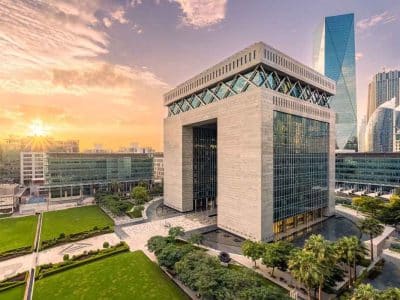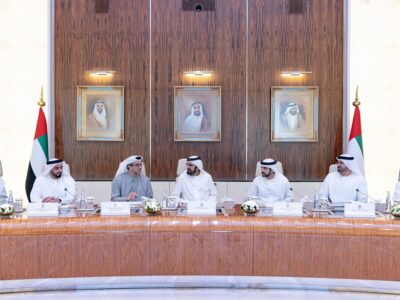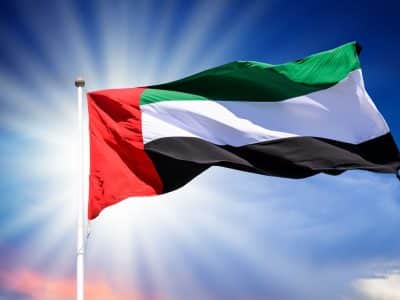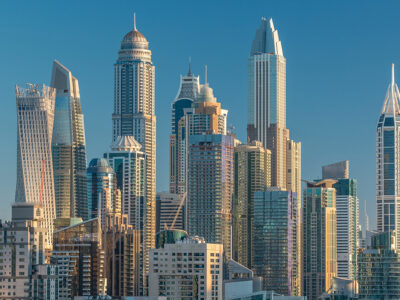The UAE’s reputation as a haven for the global wealthy will see it attract 4,500 new millionaires this year, according to the Henley & Partners Private Wealth Migration Report 2023.
The UAE is second, behind Australia, in an international ranking of high-net-worth individuals published by the global wealth tracker and residency experts.
Henley & Partners said there been a steady growth in millionaire migration over the past decade, with global figures for 2023 and 2024 expected to be 122,000 and 128,000, respectively.
UAE millionaire migration
Dr. Juerg Steffen, CEO of Henley & Partners, said: “In general, wealth migration trends look set to revert to pre-pandemic patterns this year, with Australia reclaiming the top spot for net inflows as it did for five years prior to the Covid outbreak, and China seeing the biggest net outflows as it has each year for the past decade.
“The notable exceptions are former top wealth magnets, the UK and the US.”
The report tracks the movements dollar millionaires (namely, HNWIs with investable wealth of $1m or more who relocate to and the number who emigrate from a country).
The HNWI migration figures focus only on people who have truly moved — namely, who stay in their new country more than six months a year.
Top 10 countries for millionaire migration
- Australia, 5,200
- UAE, 4,500
- Singapore, 3,200
- US, 2,100
- Switzerland, 1,800
- Canada, 1,600
- Greece, 1,200
- France, 1,000
- Portugal, 800
- New Zealand, 700
While these countries are expected to witness an influx of millionaires moving in this year, others are naturally losing out. China, India, UK, Russia and Brazil are the net millionaire losers.
Dr. Areef Suleman, Director of Economic Research and Statistics at the Islamic Development Bank Institute, notes in the report that the impact of HNWI migration on destination countries is likely to be beyond the investment itself because of a multiplier effect.
He said: “If the $1m coming from HNWIs are invested in a business, it could generate employment and additional demand from existing domestic producers, which multiplies its impact to an amount greater than the initial investment.
“Meanwhile, for source countries, the opportunity lost is mitigated by the flow of remittances and international connections in the form of trade, foreign direct investments, and technological transfers from destination countries.”








